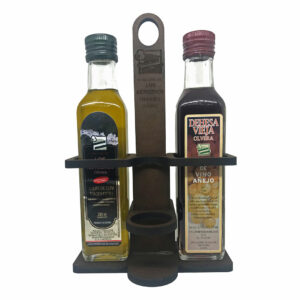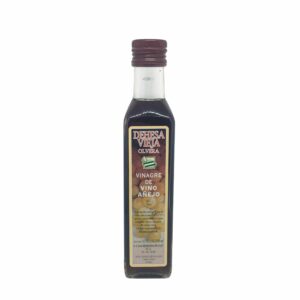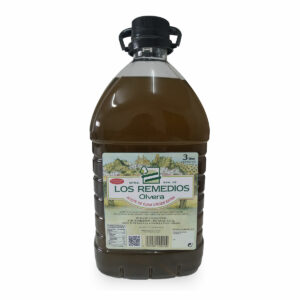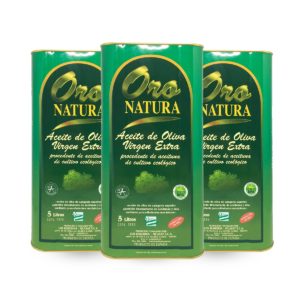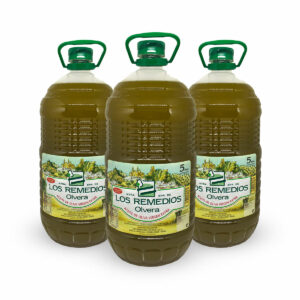The almond trees have started their vegetative cycle, finding us since the appearance of flower buds in late varieties such as lauranne-avijor, up to the first vegetative shoots of newly planted plants.
These are especially important moments both in newly planted plants and those that are budding. (vegetative or floral buds), but with totally different objectives.
Newly transplanted plants:
We have to help the establishment of the plant as soon as possible so that the roots begin to multiply and be able to supply nutrients to the aerial part as quickly as possible. In turn, the foliar development must be proportional to the root development, avoiding as much as possible that it loses foliar mass due to the incidence of insects (mainly caterpillars) or weakening of it due to the incidence of insects (aphids, green mosquito and red or yellow spider) as well as the effect of cryptogamic diseases such as dent, screening or anthracnose.
Trees entering production:
When the almond trees are in production, We must not only have in terms of the incidence of pests and diseases mentioned above, but also to the appearance of the reproductive organ (flores), which will give us the production.
We must get flowers with very good floral structure and that the flowering period is as uniform as possible, thus guaranteeing an optimum level of fertilization and ripening of the almond.
At SCA Los Remedios Picasat we have designed various strategies for subscribing and controlling pests and diseases based on the youthful state of the almond tree.. Do not hesitate to contact us at the Cooperative's Technical Service over the phone 956 13 00 83 o al 646356453, Francisco Macho Dominguez, Agricultural Engineer specialized in Nuts.



